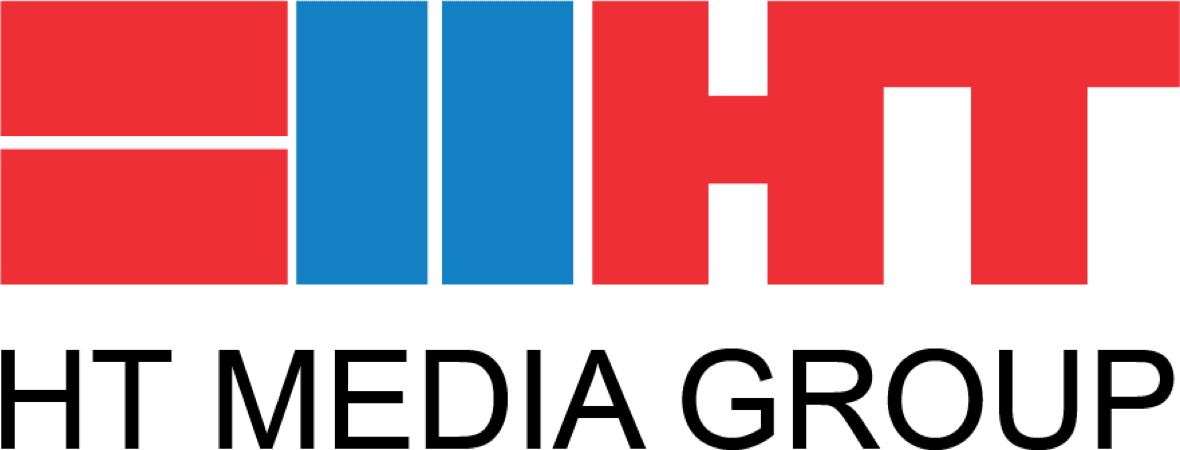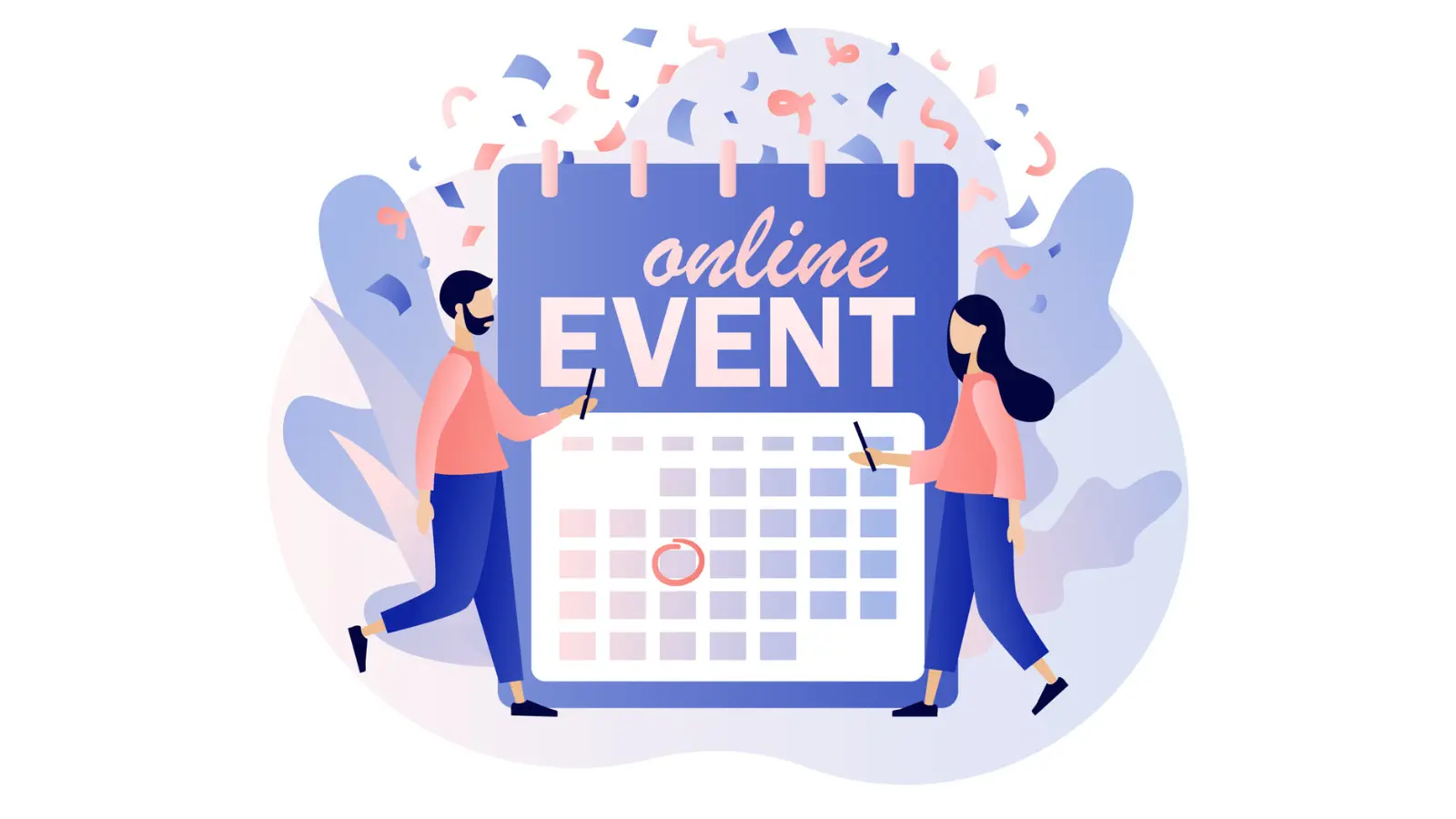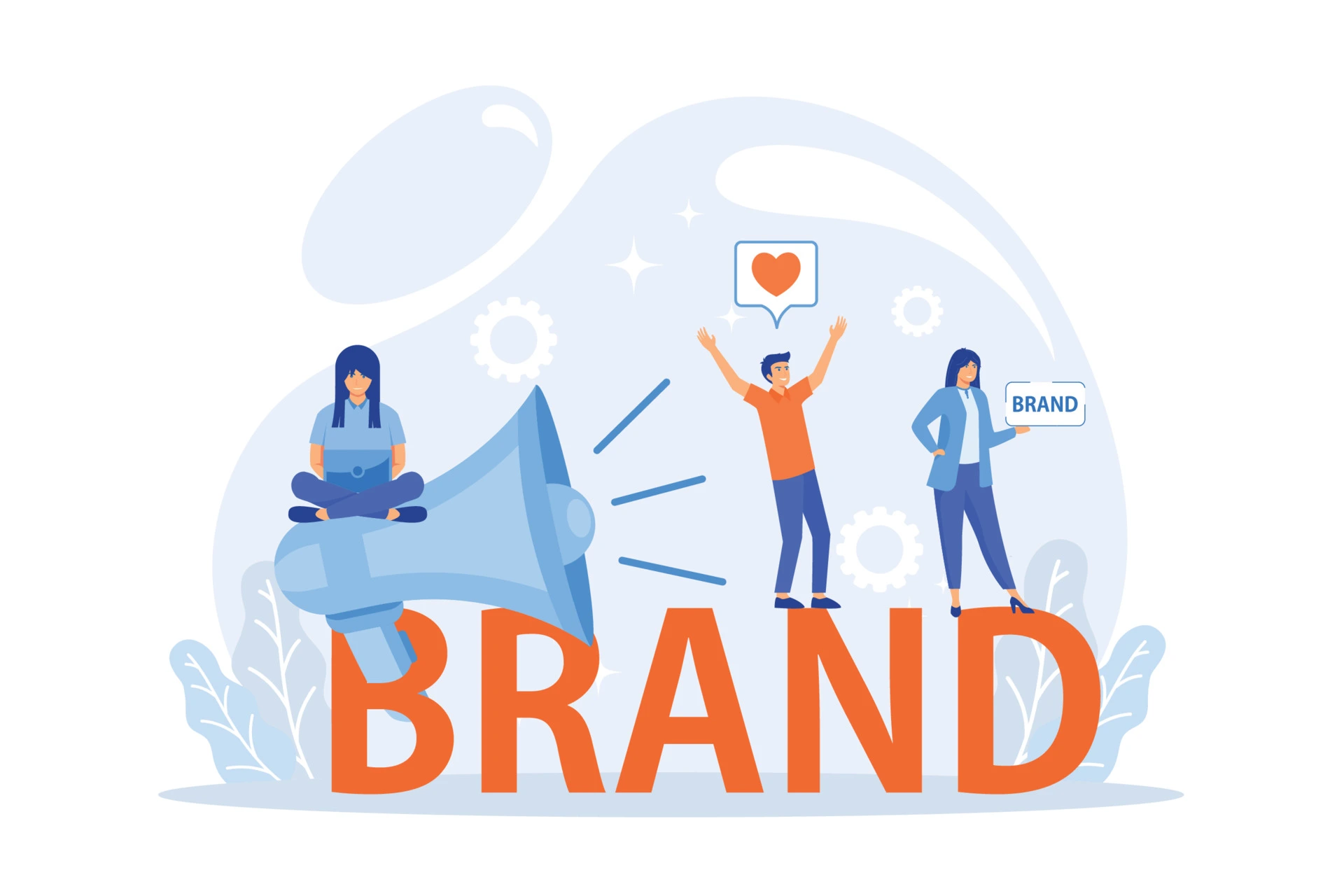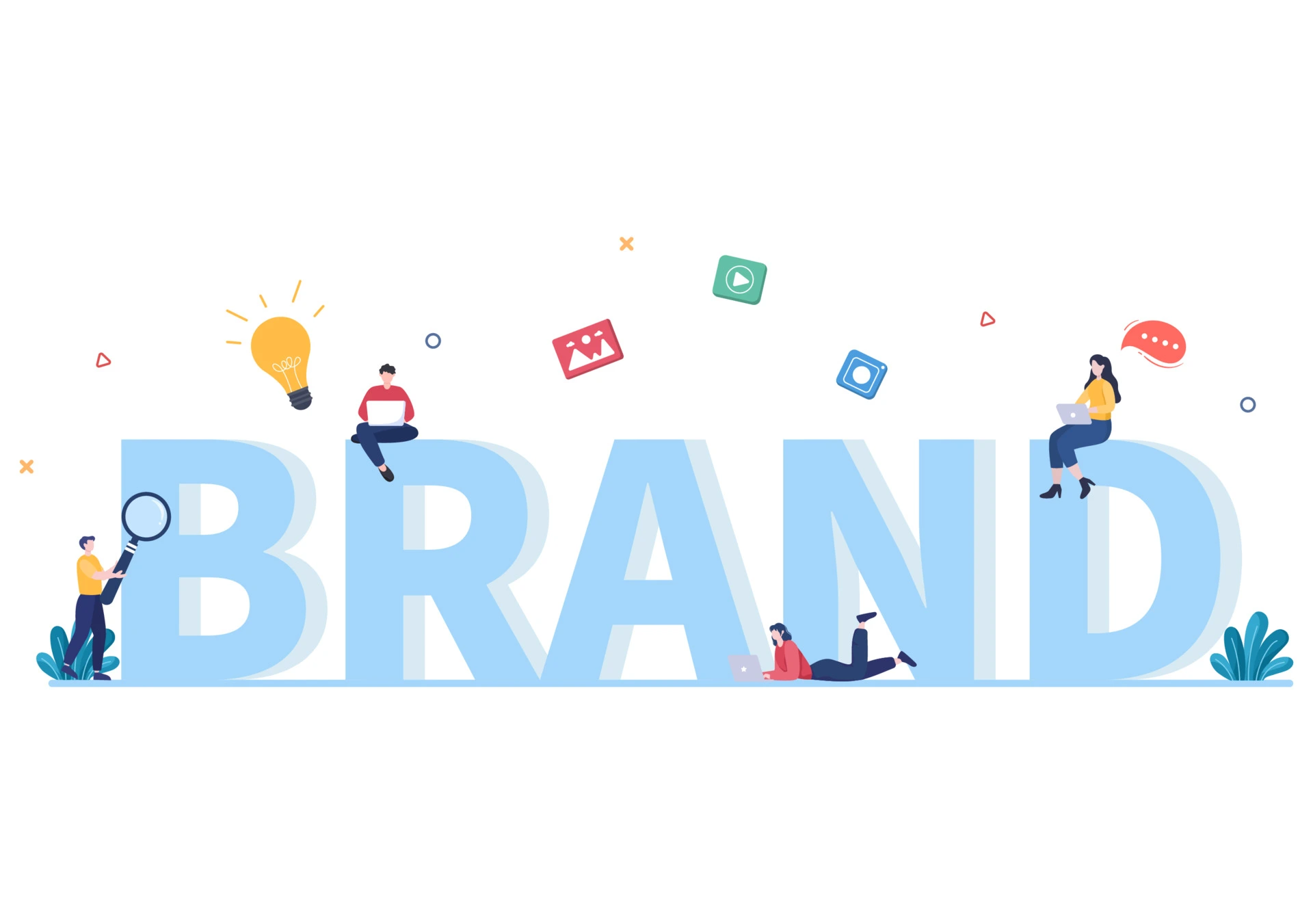Live events remain a powerful strategy for boosting brand awareness. As businesses strive to connect with their target audiences in an authentic and engaging manner, live events offer a unique platform to achieve these goals. From product launches to industry conferences, the strategic use of live events can significantly enhance a brand’s visibility and impact.
Live events provide a tangible experience that digital channels often lack. They allow brands to interact with their audience in real-time, creating memorable and immersive experiences. This face-to-face engagement fosters stronger connections and helps in building lasting relationships, which are crucial for boosting brand awareness.
1. The Role of Live Events in Modern Marketing
Live events have emerged as a fundamental element of modern brand strategy, providing unmatched opportunities for direct engagement and increased brand visibility. These events, whether they are product launches, trade shows, or corporate seminars, play a crucial role in modern marketing by creating immersive experiences that resonate with audiences.
The significance of live events in enhancing brand awareness lies in their ability to provide face-to-face interactions, allowing brands to establish a personal connection with their audience. This human touch fosters trust and loyalty, which are essential for building a strong brand presence.
Benefits of live events include their power to forge deeper relationships with customers and stakeholders. They serve as a platform for real-time feedback, networking, and generating buzz around the brand. Engaging directly with attendees not only amplifies brand visibility but also strengthens emotional connections, ultimately driving brand recognition and growth.
Know More About Branding
- 7 Inspiring Brand Awareness Campaign Examples to Boost Your Strategy
- Unlocking Brand Development Strategies for Sustainable Growth
- Harnessing the Power of Online Branding Strategies for Market Domination
- 5 Branding Methods for Achieving Business Excellence
2. Types of Live Events to Consider
a) Conferences and Trade Shows
Conferences and trade shows are prime opportunities for networking and industry positioning. These events attract industry leaders and potential clients, providing a platform to showcase your brand’s expertise and innovations. Participating in or sponsoring such events enhances visibility and establishes your brand as a key player in your field.
b) Product Launches
Product launches are essential for generating buzz and excitement around new offerings. A well-executed launch event can generate significant media coverage and social media engagement, driving brand awareness. Live demonstrations and interactive experiences engage attendees and leave a lasting impression, fostering a strong connection between your product and your audience.
c) Workshops and Seminars
Workshops and seminars are effective for establishing expertise and providing value. By hosting these events, your brand can share valuable insights and practical knowledge, positioning itself as a thought leader. This not only boosts credibility but also attracts a targeted audience interested in your industry, enhancing brand loyalty and awareness.
d) Webinars and Virtual Events
Webinars and virtual events offer a way to reach a global audience while maintaining online engagement. These digital platforms enable you to present your brand’s message to a broader audience, regardless of geographical constraints. Interactive features such as Q&A sessions and live polls help in engaging participants, making it an effective tool for building brand awareness.
e) Experiential Events
Experiential events create immersive experiences that make memorable brand interactions. These events allow participants to engage with your brand in a dynamic and interactive manner, fostering emotional connections. By crafting unique and engaging experiences, you can enhance brand recall and drive long-term awareness among your target audience.
3. Strategies for Maximising Impact
- Pre-Event Promotion
To maximise brand awareness, start by generating excitement before the event. Utilise social media platforms to create buzz and engage your audience. Email marketing can provide personalised invitations and reminders, driving higher attendance. Partnering with influencers or industry leaders can further amplify your reach and attract a larger audience. - Event Content Planning
Strategic content planning is key to capturing attention.Create compelling and pertinent content that connects with your target audience. Whether through keynote speeches, panel discussions, or demonstrations, ensure the content aligns with your brand’s messaging and goals. This relevance will enhance the overall impact of your event and bolster brand awareness. - Interactive Elements
Interactive elements can significantly boost engagement. Incorporate activities like live Q&A sessions, interactive polls, and hands-on demonstrations. These elements not only make the event more dynamic but also encourage active participation, making your brand more memorable. - On-Site Branding
Effective on-site branding is crucial for visibility. Use prominent signage, banners, and branded materials to reinforce your brand’s presence throughout the event. Well-placed branding ensures that your message is seen and remembered by attendees, enhancing brand recognition and recall.
4. Leveraging Technology to Enhance Live Events
In 2024, technology plays a crucial role in boosting brand awareness through live events. By integrating cutting-edge tools and strategies, brands can elevate their event experiences and expand their reach.
Event Apps and Digital Tools
Event apps and digital tools are revolutionising live events by enhancing attendee experiences and streamlining event management. These platforms offer features such as interactive maps, personalised agendas, and instant feedback, which significantly improve engagement and logistical efficiency.
- Social Media Integration
Social media is a powerful ally in amplifying brand awareness during live events. Real-time updates, live streaming, and audience interaction on platforms like Instagram, Twitter, and Facebook allow brands to reach a wider audience and foster real-time engagement, making events more dynamic and visible. - Data Collection and Analytics
Collecting and analysing data from live events is essential for measuring success and refining future strategies. By leveraging analytics tools, brands can gain valuable insights into attendee behaviour, preferences, and overall event impact. This data helps in tailoring future events and enhancing brand strategies to better meet audience expectations.
5. How to find live Events?
To find live events that offer valuable advertising opportunities, visit the dedicated events page on the HT Media website at HT Media Events. This resource provides a detailed overview of various upcoming events, catering to a wide range of interests and industries. Whether you’re an entrepreneur, marketer, or individual looking to promote your brand, this page offers insights into event types, audience demographics, and participation options. It’s an excellent platform for discovering events where you can connect with potential clients and boost your brand’s visibility. By exploring these events, you can identify the ideal opportunities to showcase your offerings and engage with a targeted audience in a vibrant and impactful environment.
6. Measuring ROI from Live Events
Measuring ROI from live events is crucial for understanding their impact on brand awareness. Key metrics to track include attendee engagement, media coverage, and lead generation. Each of these indicators provides valuable insights into how well the event achieved its objectives.
- Attendee Engagement: Monitoring how actively participants interact during the event helps gauge their interest and engagement levels. This can be assessed through session participation rates, social media interactions, and direct feedback.
- Media Coverage: Evaluating the extent and quality of media coverage can highlight the event’s reach and influence. Track mentions in press releases, news articles, and online publications to understand how effectively the event enhanced brand visibility.
- Lead Generation: Measuring the number of qualified leads generated at the event indicates its effectiveness in driving potential customer interest. Use registration forms, networking sessions, and follow-up surveys to quantify and qualify these leads.
- Tools and Methods: Utilise tools like event management software, social media analytics, and CRM systems to gather and analyse data. Surveys and feedback forms also provide direct insights from attendees, helping refine future strategies and improve ROI.
FAQs for The Role of Live Events in Elevating Brand Awareness in 2024
1. What are the key benefits of using live events to enhance brand awareness in 2024?
Live events provide direct engagement with audiences, creating memorable and immersive experiences. They foster stronger relationships, offer real-time feedback, and generate buzz around the brand. These events also allow for face-to-face interactions that build trust and loyalty, essential for boosting brand visibility and recognition.
2. What types of live events should brands consider for increasing brand awareness?
Brands should consider a range of events, such as conferences, trade shows, product launches, workshops, seminars, webinars, virtual events, and experiential events. Each event type offers unique opportunities for networking, demonstrating expertise, reaching a global audience, and creating memorable brand interactions.
3. How can brands maximise the impact of live events?
To maximise impact, brands should focus on pre-event promotion, strategic content planning, incorporating interactive elements, and effective on-site branding. Utilising social media, email marketing, and influencer partnerships can help create buzz and drive attendance, while engaging content and activities enhance participant experience and recall.
4. What role does technology play in enhancing live events?
Technology enhances live events by improving attendee experiences and expanding reach. Event apps and digital tools offer features like interactive maps, personalised agendas, and instant feedback. Social media integration allows real-time updates and engagement, while data collection and analytics provide insights into event performance and audience preferences.
5. Can virtual events be as effective as in-person events for brand awareness?
Yes, virtual events can effectively boost brand awareness by reaching a global audience without geographical constraints. Features like Q&A sessions, live polls, and interactive presentations can engage participants and build brand recognition, making virtual events a valuable tool for awareness.
Ready to take your brand to the next level? Connect with us today to explore how HT Media can amplify your presence across our diverse portfolio of 25+ brands and properties. Let's turn your brand vision into reality!



















Comment